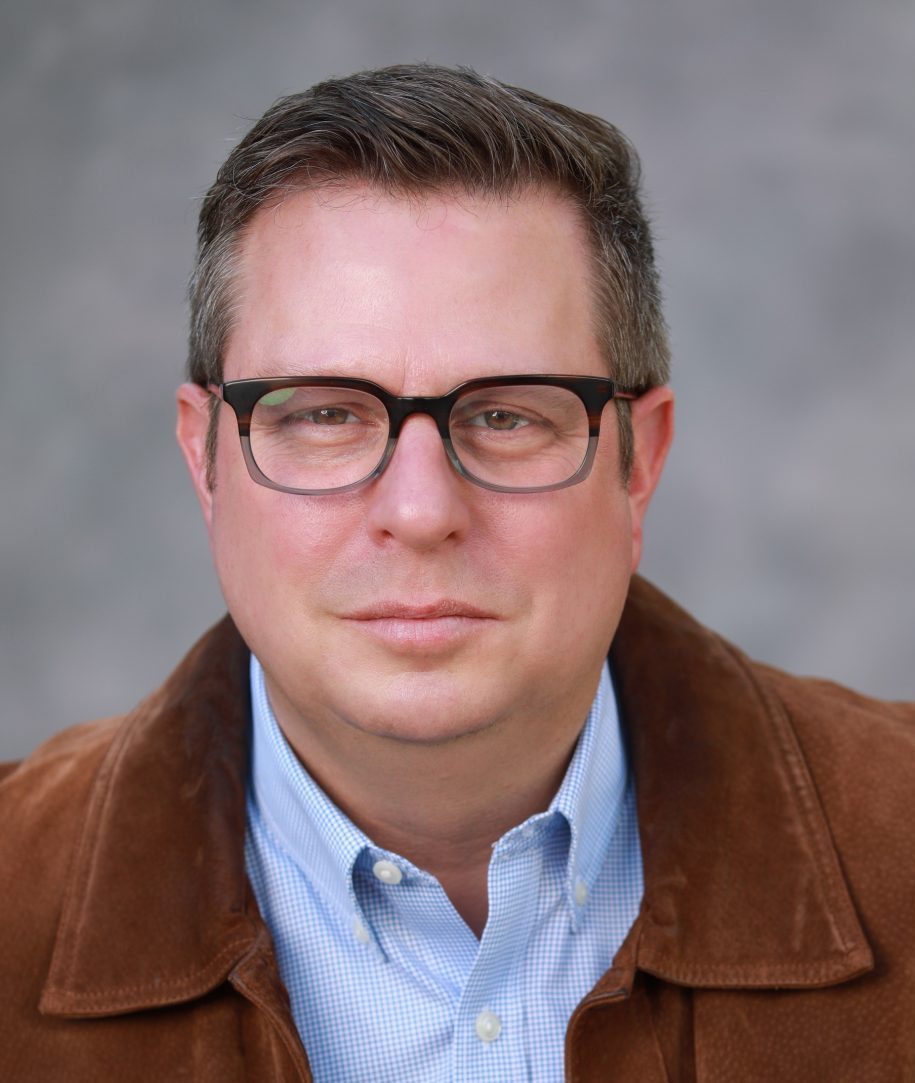The opioid overdose epidemic skyrocketed in 2021 and is continuing its trajectory in 2022
according to the American Medical Association.The increased use of fentanyl in illicit drugs, like illegally manufactured benzodiazepine and opioid pills along with other illicit drugs like heroin, cocaine, methamphetamine, and marijuana, to increase the effect, has contributed to these tragic opioid overdose statistics and the more personal losses to family and friends struggling with substance addiction in the U.S.
Additionally, xylazine is now being mixed with fentanyl, which is shorter acting than heroin, to extend the effect to be more like that produced by heroin, only this deadly combination is much more potent and is resistant to the life-saving overdose treatment drug naloxone (Narcan) that first responders use to revive someone who overdoses, contributing to the increased mortality rate of opioid overdoses.
Research shows that stigma about substance addiction, including opioid addiction, is a fundamental hindrance to U.S. opioid overdose crisis response. Public stigma driven by stereotypes about opioid disorders as moral failings, translate to negative attitudes about those struggling with the fatal and progressive disease of substance addiction. This has led to discrimination and social distancing that has proven deadly, accelerating the overdose crisis with suboptimal care and lack of access to treatment at all levels of the continuum of care for substance addiction. Structural stigma in the U.S. as a cultural norm has impacted the speed with which new laws and institutional policies are implemented and, therefore, can save lives.
Research also shows adolescent overdose deaths have spiked since 2020, with the prevalence of fentanyl and COVID. From a 30,000 foot view, we as a country need to be more holistic in how we address issues in our children of intergenerational trauma, toxic stress, adverse childhood experiences, as well as how these co-occurring mental health issues can exacerbate and contribute to triggering environmental and genetic predispositions to the onset of substance addiction in adolescence. Substance addiction has begun to occur earlier in life than in the past, and mental health prescriptions of stimulants, opioids and depressants in teenagers are often the precursors to the onset of the use of illicit forms of those prescriptions that then lead to substance addiction initially as a way to self-medicate mental health issues.
The above statistics have driven the White House to implement sweeping changes and funding to our overdose epidemic, including funding for better naloxone and fentanyl test strip distribution and harm reduction services for those not yet ready to engage in abstinence based recovery.
There is hope on the horizon. The Institute For Healthcare Policy and Innovation lists 4 ways to reduce harm, overdose and death from opioids:
- Naloxone: Increase distribution, access and training
- Decrease stigma: Increase education and perspective
- Encouraging safer use, guide to recovery
- Conscious prescribing and safe disposal practices
According to the National Institute of Health, long term recovery is best achieved by addressing the whole person. Effective holistic care for substance addiction includes addressing physical and mental health, wellness and services that – over a sustained period of time – consistently help people seeking and in recovery create lasting change. These changes can be seen in their belief, identity and behavior systems that awaken a new outlook on life based on integrity, personal responsibility, humility, compassion, forgiveness, love and service. But it’s also worth noting that these shifts do not happen in 30/60/90 days.
All the interventions and programs encouraged by the White House, and largely in the recovery community, that are evolving to improve substance addiction care, the experts say, will take time to have a lasting effect. However, the work is urgent, lifesaving and vital to our ability as a country to begin to reduce overdose death rates and create a holistic environment to promote long-term recovery.


